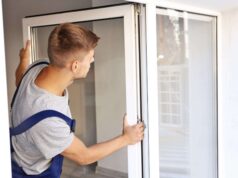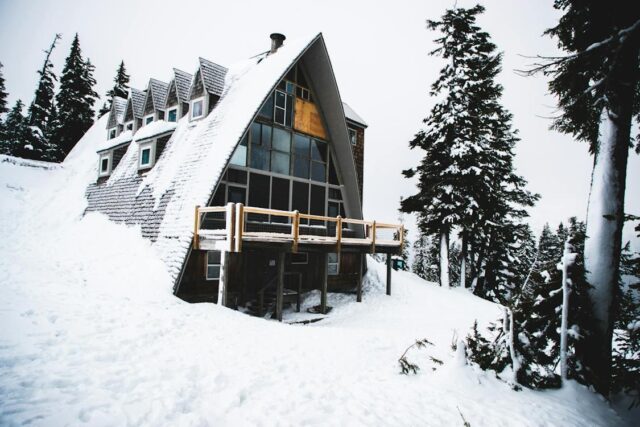
As winter approaches, homeowners everywhere begin to think about preparing their houses for the cold months ahead. In places like Southaven, MS, where winter weather is characterized by daily low temperatures averaging around 38°F, rarely dropping below 20°F or soaring above 56°F, it’s especially important. The coldest day, typically around January 17, sees an average low of 34°F.
These temperatures, while not extreme, require houses to be well-prepared to ensure comfort and energy efficiency. This article will walk through the essential dos and don’ts of winterizing your home, focusing on key areas such as roofing, insulation, and heating systems. By following these guidelines, homeowners can enjoy a cozy and worry-free winter.
Inspecting and Repairing the Roof
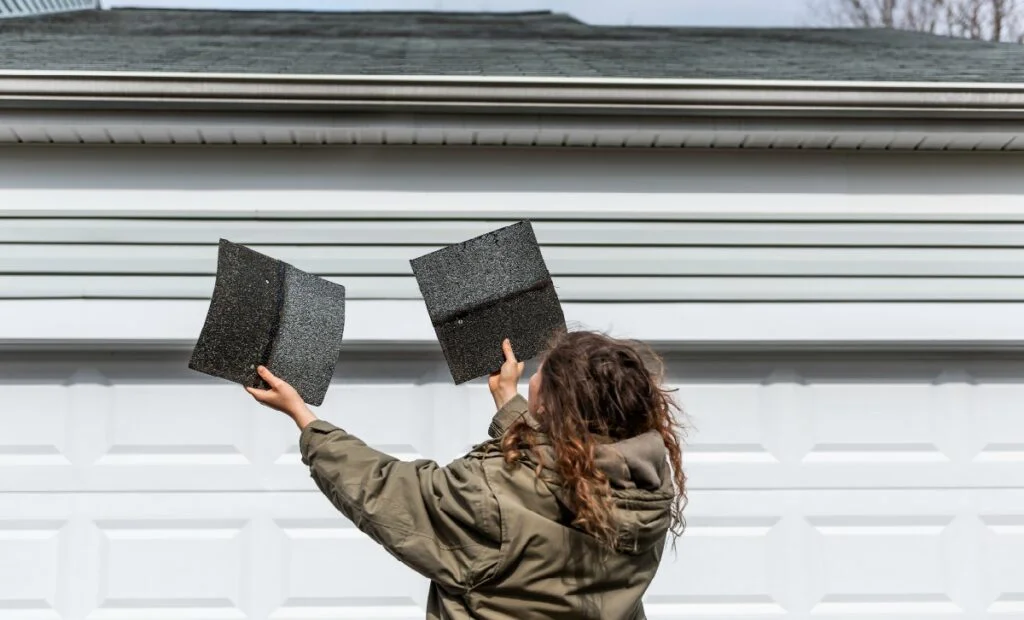
Assessing Roof Condition
The roof is one of the most critical parts of your house to check before winter sets in. In Southaven, where winter might not be harsh but certainly brings cooler temperatures, ensuring your roof is in good condition is crucial. A thorough inspection can reveal common problems such as missing or damaged shingles, leaks, or structural weaknesses. Homeowners should consider enlisting the help of professional roofing services in the area to conduct a detailed assessment, as they can spot issues that are not obvious to the untrained eye.
Addressing Repairs
Once the condition of the roof is known, addressing any repairs is the next step. Neglecting minor issues can lead to significant problems during winter, such as water leaks or increased heating costs due to poor insulation. Here, Southaven roofing services can provide the necessary repairs, ensuring that your roof is not only structurally sound but also well-insulated and prepared for colder temperatures.
Checking Insulation and Ventilation
A well-insulated and ventilated attic is essential for maintaining an energy-efficient home during the winter. Proper insulation helps retain heat, reducing the need for excessive heating and thereby lowering energy bills. Equally important is proper ventilation, which prevents the buildup of moisture and the formation of ice dams. Homeowners should check their attic insulation and ventilation or consult with a roofing expert to ensure it meets the recommended standards.
Sealing Doors and Windows
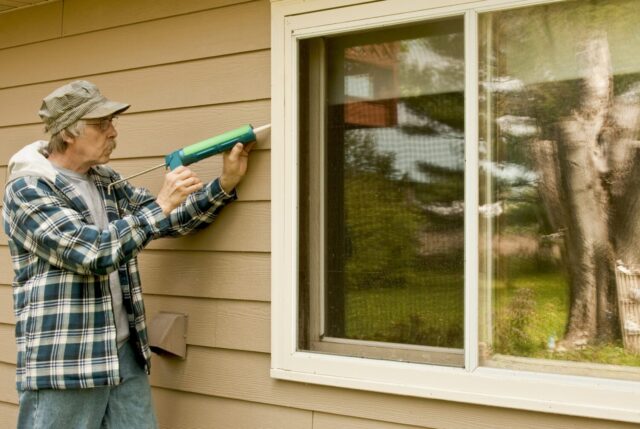
Identifying Leaks
Doors and windows are common culprits for heat loss in homes. Before winter arrives, it’s important to check these areas for drafts or leaks. A simple way to identify leaks is by holding a lit candle near window and door edges; if the flame flickers, there may be a draft. Another method is to look for visible gaps or feel for drafts with your hand.
Sealing Techniques
Once drafts are identified, sealing them is the next step. Weatherstripping and caulking are effective methods for sealing leaks around doors and windows. Weatherstripping can be applied to the movable parts of windows and doors, while caulking is used to seal stationary gaps and cracks. It’s important to choose high-quality materials that can withstand temperature changes and remain effective throughout the winter.
Importance of Proper Insulation
Proper insulation of doors and windows not only keeps the cold out but also prevents heat from escaping, which is crucial for maintaining a comfortable indoor temperature and reducing heating costs. Insulating window films and heavy curtains can also be used as additional measures to improve insulation and energy efficiency.
Maintaining Heating Systems
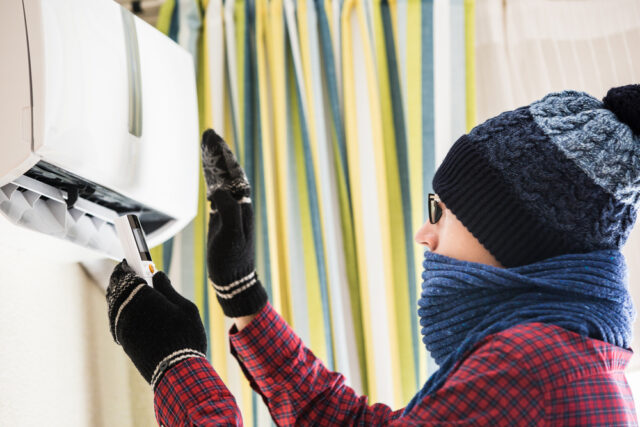
Regular Servicing
One of the most important steps in preparing your house for winter is ensuring your heating system is functioning efficiently. It’s advisable to have your heating system serviced by a professional before the start of the cold season. Regular servicing can identify potential issues, improve efficiency, and extend the life of the heating system.
Replacing Filters
Replacing or cleaning the filters in your heating system is a simple yet essential task. Dirty filters restrict airflow and reduce the system’s efficiency, leading to higher energy costs and reduced indoor air quality. Filters should be checked and replaced or cleaned as needed, which for many systems is every one to three months.
Setting Thermostats
Finally, setting thermostats correctly can make a significant difference in comfort and energy consumption. Programmable thermostats can be set to lower the temperature when the house is empty and increase it when occupancy is expected, which helps in reducing energy usage without sacrificing comfort.
Preparing Plumbing for Cold Weather
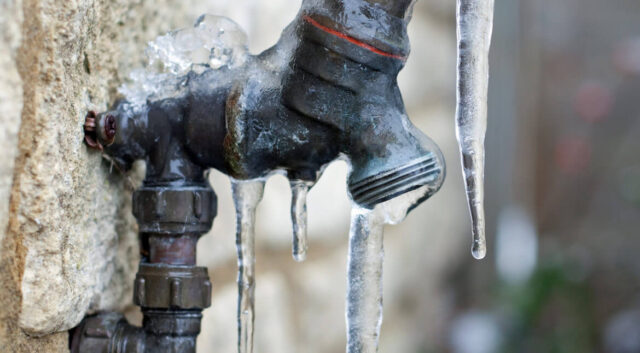
Insulating Pipes
One of the critical tasks in winterizing your home involves protecting your plumbing, especially insulating pipes that are susceptible to freezing. Pipes located in unheated areas like basements, attics, and garages, or those on exterior walls, are particularly at risk. Using foam pipe insulation sleeves is an easy and effective way to protect them. This insulation can prevent the costly and inconvenient problem of frozen or even burst pipes during cold snaps.
Addressing Outdoor Plumbing
Outdoor plumbing also demands attention before the onset of winter. Ensure to drain water from outdoor faucets, hoses, and irrigation systems. This step prevents residual water from freezing and causing damage. It’s also advisable to shut off the water supply to these outdoor sources if possible. For added protection, consider covering outdoor faucets with insulated faucet covers.
Managing Water Heater
The water heater is another essential component to address. Winter often increases the demand for hot water, and the colder incoming water can strain your system. Flushing out the tank to remove sediment can improve efficiency and longevity. Additionally, setting the water heater to an optimal temperature (around 120°F is often recommended) ensures efficiency without overheating the water.
Ensuring Safe and Efficient Use of Fireplaces
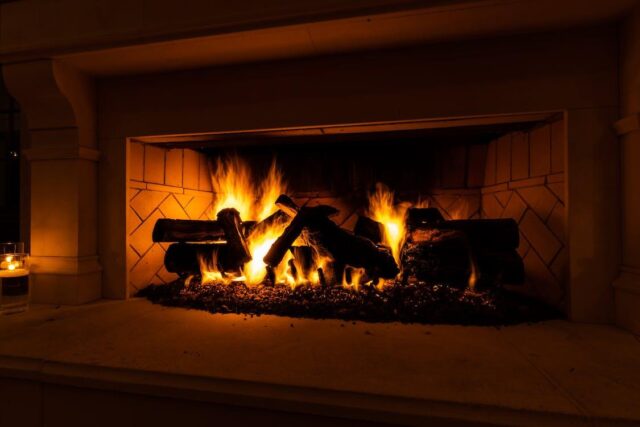
Chimney Inspection and Cleaning
If your home has a fireplace, it’s a beloved source of warmth and comfort during the winter months. However, before lighting the first fire of the season, ensure your chimney is inspected and cleaned by a professional. A clean chimney not only functions more efficiently but also prevents the risk of chimney fires and carbon monoxide buildup from blocked ventilation.
Using the Right Wood
When it comes to fueling your fireplace, choosing the right wood is crucial. Hardwoods like oak, maple, and birch burn longer and produce more heat than softer woods. The wood should be dry and seasoned; wet or green wood can create excessive smoke and soot, leading to potential hazards and inefficiency.
Fireplace Safety Measures
In addition to maintenance, practicing safe fireplace usage is paramount. Always use a metal or glass fireplace screen to catch sparks and rolling logs. Never leave the fire unattended, and ensure it’s completely extinguished before going to bed or leaving the house. Also, keep flammable materials, including furniture and décor, at a safe distance from the fireplace.
General Winter Maintenance and Safety Tips
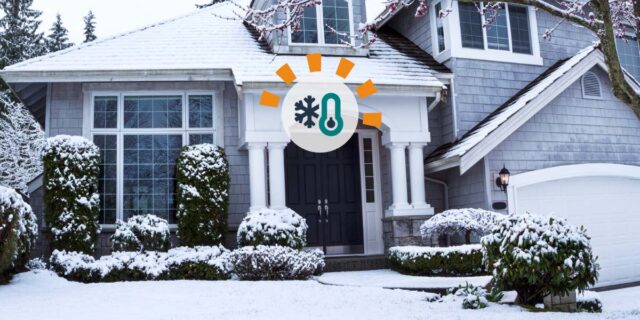
Clearing Gutters and Downspouts
Clear and functional gutters and downspouts are crucial for preventing water damage and ice dams during winter. Ensure gutters are free from leaves, sticks, and debris that could cause blockages. Clogged gutters can lead to water backing up and freezing, potentially causing damage to your roof and siding.
Stocking up on Winter Supplies
Being prepared with essential winter supplies can make the cold months more manageable. Stock up on items like salt or ice melt, snow shovels, and emergency kits, including blankets, flashlights, and non-perishable food. If you have a snow blower, check its condition before the first snowfall.
Checking Smoke and Carbon Monoxide Detectors
With the increased use of heating appliances in winter, the risk of home fires and carbon monoxide poisoning rises. Ensure your smoke and carbon monoxide detectors are working correctly. Test them monthly, replace batteries at least once a year, and replace the units according to the manufacturer’s instructions, typically every 5-10 years.
Conclusion
Preparing your house for winter is vital for ensuring a safe and comfortable season. From inspecting and repairing the roof to maintaining heating systems and ensuring proper insulation, each step is crucial. By following these guidelines, you can protect your home from the harsh winter elements and enjoy the cozy months with peace of mind. Remember, early and thorough preparation is key to a hassle-free winter.



